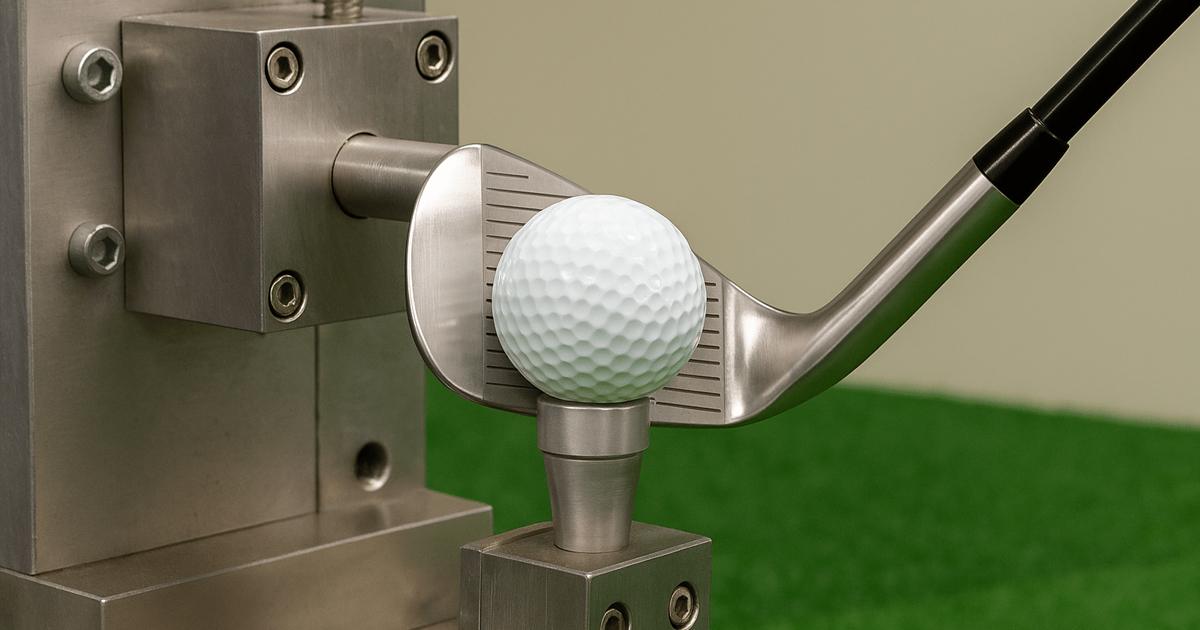Checking Clubs for Conformance: How Rory McIlroy’s Driver Sparked a Major Debate

In professional golf, checking clubs for conformance is a crucial process that ensures fairness and adherence to equipment standards. The 2025 PGA Championship began with unexpected news. Rory McIlroy’s driver was ruled non-conforming just days before the opening round. As a result, he was forced to put a new driver in the bag — a decision that may have significantly impacted his performance.
Because of this incident, a spotlight was cast on a lesser-known but vital aspect of professional golf: checking clubs for conformance.
🧪 What Does “Checking Clubs for Conformance” Mean?
Checking clubs for conformance is a process used by golf’s governing bodies — the USGA and R&A — to verify that all equipment meets strict standards. As a result, fair play is upheld, and no player gains an unfair edge through worn or overly flexible gear.
In particular, one of the most common tests involves something called Characteristic Time (CT). This test determines how much the clubface “springs” at impact. The more it flexes, the more energy — and distance — it can transfer to the ball. Therefore, strict limits are enforced to keep competition fair.
🔬 How Is Characteristic Time Tested?
To perform a CT test, officials use a pendulum-style machine. A small metal weight strikes the clubface, and the device records how long the face stays in contact.
- CT is measured in microseconds (µs).
- The legal limit is 239 µs, with a ±18 µs tolerance.
- Any result over 257 µs is classified as non-conforming.
Over time, repeated use — especially from high-speed swings — can wear down the clubface. Consequently, even a driver that started out conforming can eventually exceed the legal limit. This is why routine testing is especially important during major tournaments.
🚨 What Happened with Rory McIlroy?
Earlier in the week, just before the tournament began, Rory McIlroy’s TaylorMade Qi10 driver underwent routine testing by the USGA. Unfortunately, the club exceeded the CT limit and was immediately ruled non-conforming.
As a result, Rory had to switch to a backup driver with little time to adjust. While he didn’t publicly comment on the incident, several insiders confirmed that the sudden change disrupted his preparation.
Throughout the first two rounds, McIlroy’s driving accuracy suffered. By the end of Friday, he was among the lowest in fairways hit and had fallen far outside of contention.
🛠️ Why These Tests Matter
Although rare, equipment failures like McIlroy’s show why checking clubs for conformance is so important in the modern game.
These tests help to:
- ✅ Protect the integrity of competition
- ✅ Ensure no player receives an unfair equipment advantage
- ✅ Identify clubs that have become illegal due to wear
Furthermore, the PGA of America clarified the situation after testing. They confirmed the test was routine and the issue likely came from natural wear, not manipulation. McIlroy was not at fault. However, under the rules, he was required to switch to a conforming driver before teeing off.
🏁 Final Thoughts
Checking clubs for conformance might seem like a small technical detail. However, it plays a critical role in maintaining fairness at the highest level of the sport. Rory McIlroy’s driver situation at the 2025 PGA Championship illustrates how seriously these standards are taken.
Although it was an unfortunate setback, it reinforces the importance of equipment regulation and integrity. Even for the world’s top players, the rules are clear — and everyone must play by them.
🔍 Want to learn more? Visit the USGA Equipment Standards Page

